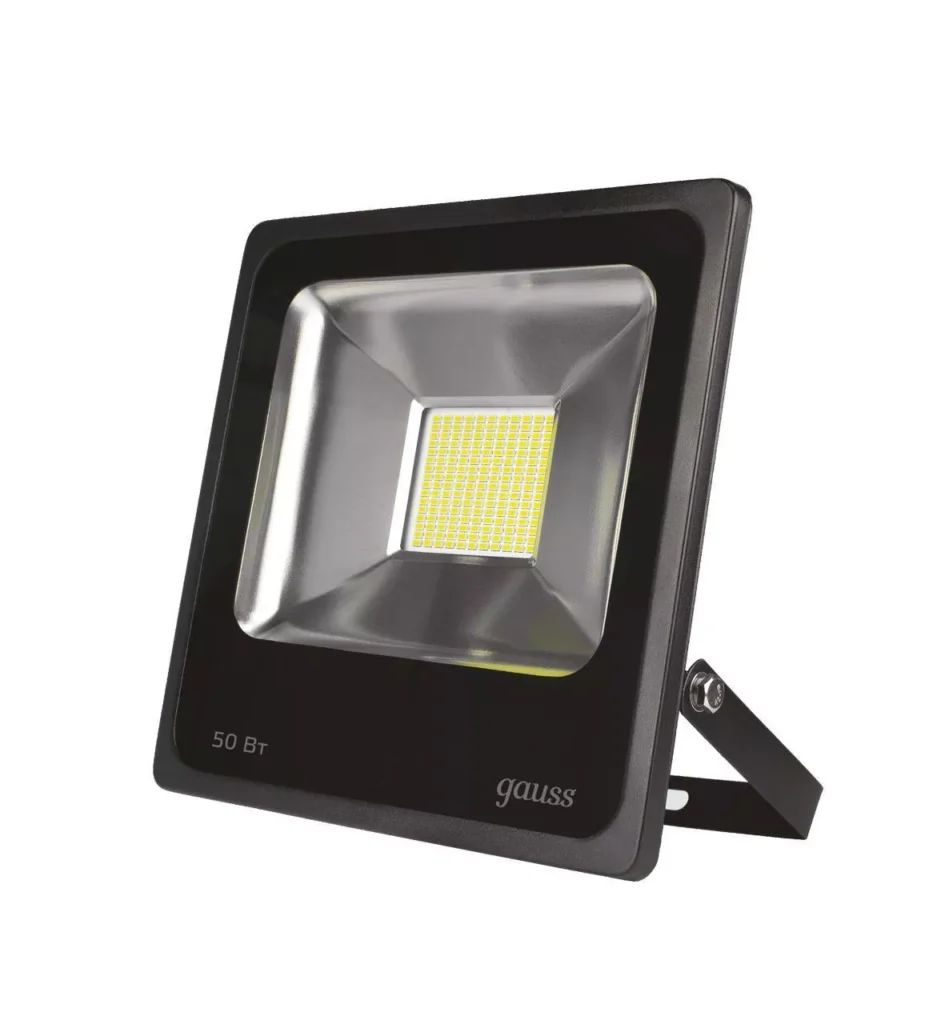Solar street lights feature an elevated light source that is powered by solar cells.

These panels are often mounted to the frame of the lighting or integrated to the pole.
The solar panels recharge batteries that power an LED or fluorescent lamp at night.
Here are a few examples of
The solar panel’s voltage is utilized to detect light from outside and switch on or off most solar lights.
Solar street lighting is on all the night.
Certain solar streetlights can be employed for a longer period than just one night, when there is a prolonged period that the sun does not show up in the sky.
The lamps used in earlier models weren’t fluorescent or LED. The solar lights that are used in regions with wind are usually equipped with flat-panel solar panels. They will be able to cope better with the elements of wind.
Modern designs rely on wireless technology to control batteries.
This allows street lighting to operate in a network fashion, so that each light is able to turn on or off the entire system.
Components
Solar street lights are made of four primary components:
Solar panel
The solar panels that make up street lamps that are solar are vital,because they convert solar energy into electricity. The lamps for solar street lights are typically constructed from monocrystalline or polycrystalline panels. Monocrystalline panels have a greater conversion rate than poly-crystalline ones. Solar panels can also differ in their wattage.
Lighting fixture
Modern solar streetlights use LEDs as their primary source of illumination since they have a significantly higher luminosity, and lower energy consumption. The energy use of the LED fixtures is 50% less than that of the HPS counterpart that is used primarily in street lighting.
LEDs don’t require to warm up, which allows them to be use-d with motion detectors. This can result in further energy savings.
Rechargeable battery
Batteries store the electricity generated by solar panels during the daytime and provide energy to fixtures at night. The lifespan of the battery is essential to the long-term durability of the lightingand the capacity of the battery will determine the number days of backup.
Solar street lighting is commonly powered by lead acid and deep cycle gel cell batteries. This has also resulted in the demand for a the compact lithium-ion battery.
Pole
Solar street lights need strong poles because they contain many components such as batteries, fixtures and panels over them. In some newer designs the electronic components and PV panels are integrated in the pole. The other factor is wind resistance.
There are other accessories to these poles like batteries and a foundation cage.
Different types of solar street lights at a bus stop
Every street light could have itsown photovoltaic panel. It is not connected to other streetlights. A series of panels can be installed on a separate site to function as the central power source to power many streetlights.
Small solar street lights have gained popularity due to their compact design. The small design incorporates the battery along with the other essential components.
Las Vegas in Nevada was the first city in the world to test a new EnGoPlanet Solar Street Lights that are couple-d with kinetic tile that produces electricity when people step over them.
